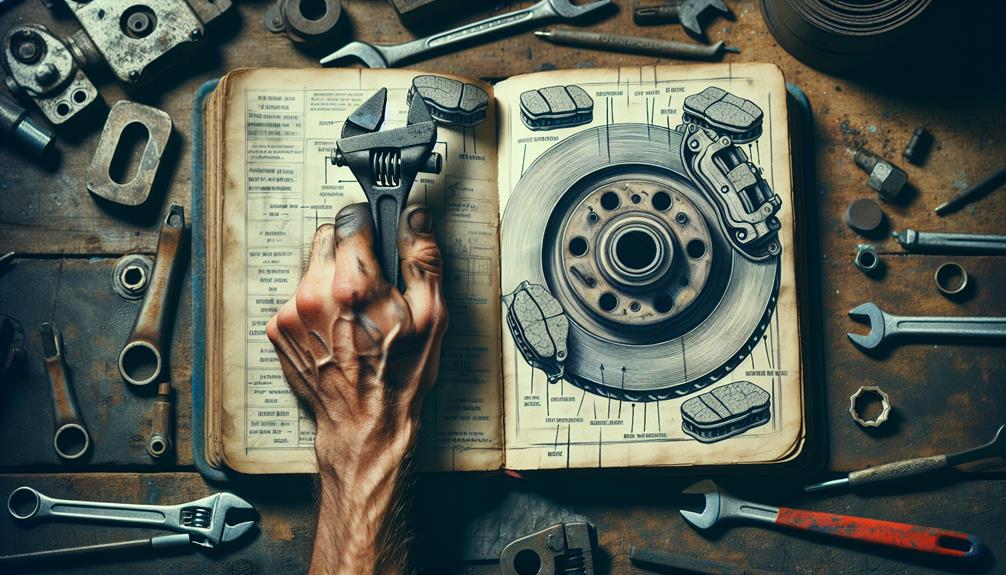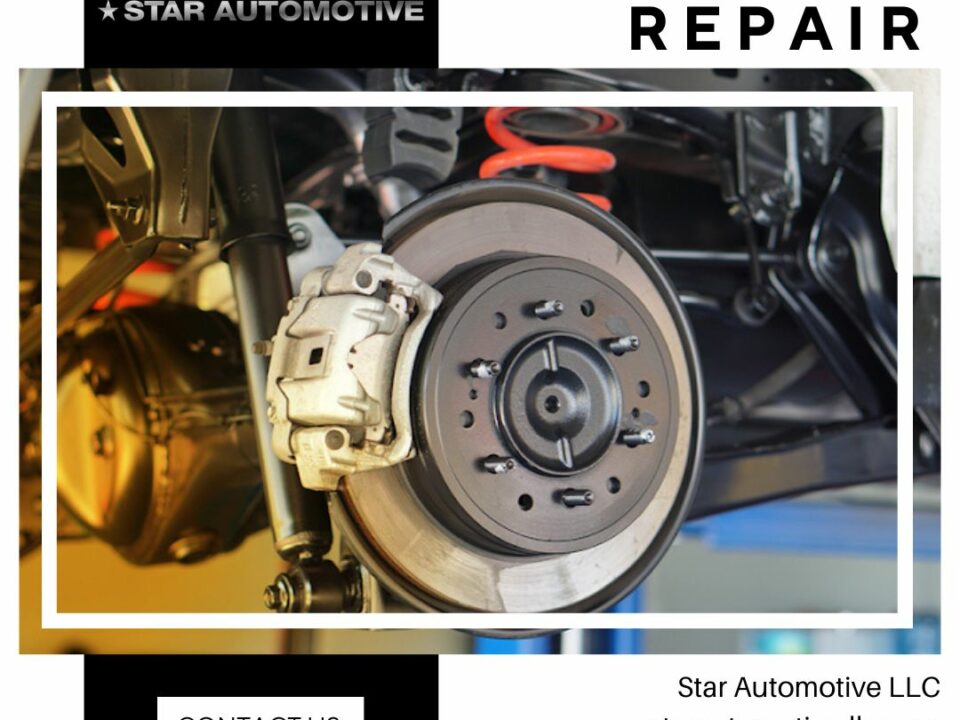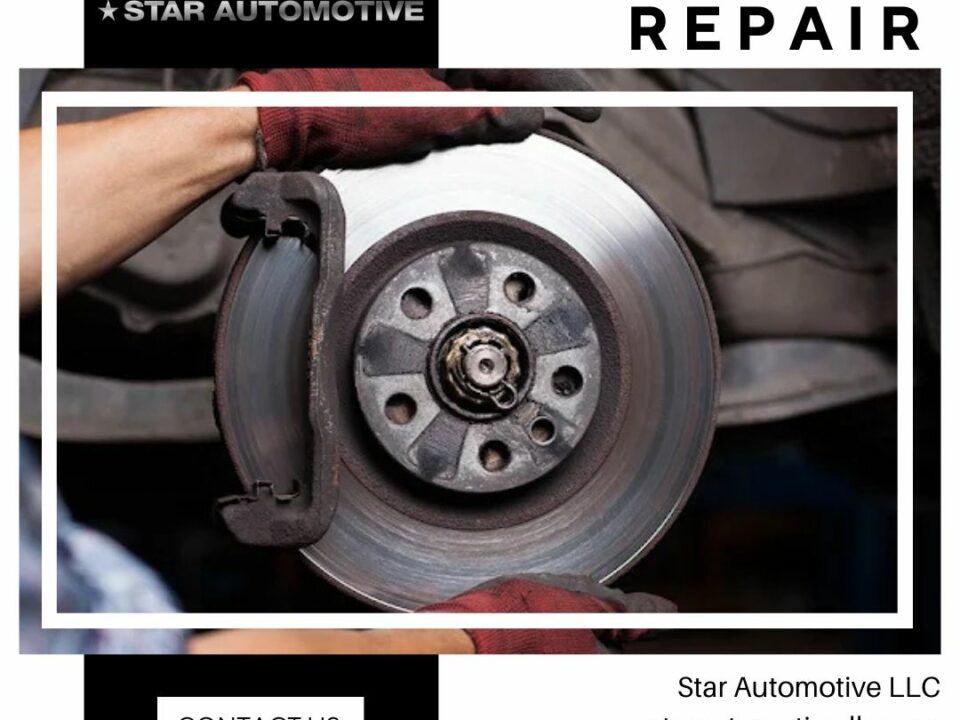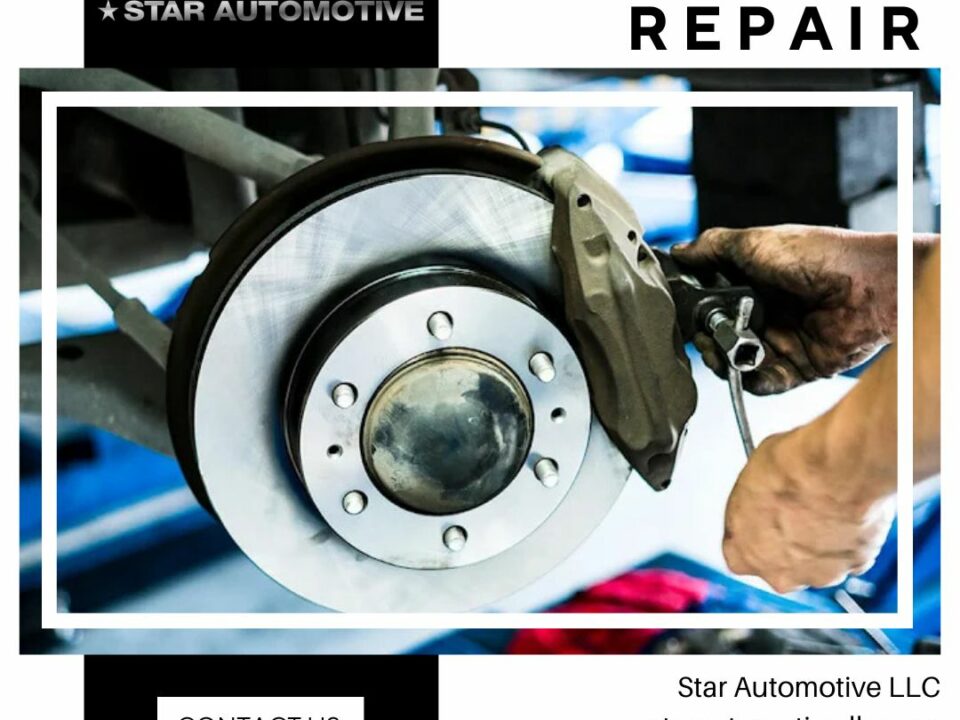Shop, Dine, and Unwind at The Oaks in Thousand Oaks, CA
February 13, 2024
Silent Stoppers: Eliminating Brake Noise and Vibration
February 14, 2024In the realm of automobile maintenance and repair, understanding the intricacies of brake repair systems – from the pads to the calipers – is of paramount importance. This is not merely a question of achieving proficiency in a mechanical skill, but rather, it’s about ensuring the safety and efficiency of your vehicle, the lives of your passengers, and of those sharing the road with you. We will probe into the nuanced components of brake systems, unravel the complexities of their operation, and provide a methodical guide to their repair and maintenance. As we embark on this journey, we will be unraveling more than just mechanics; we will be unlocking the secrets of one of the most essential, yet often neglected, aspects of vehicular safety.
Understanding Brake Components
In the intricate world of automobile mechanics, a comprehensive understanding of brake components is indispensable, as they play a pivotal role in ensuring the safety and efficiency of your vehicle. As part of this community, you should familiarize yourself with the primary components: the brake pedal, master cylinder, brake lines, brake calipers, brake pads, and brake rotors. The brake pedal initiates the braking process. The pressure is transmitted to the master cylinder, which then pushes brake fluid through the brake lines. This fluid pressure causes the brake calipers to clamp the brake pads against the brake rotors, creating friction that slows and eventually stops the vehicle. Understanding these components is the first step towards proficient brake maintenance and repair.
Step-by-Step Brake Repair Guide
Embarking on a brake repair starts with correctly identifying the problem, whether it’s worn-out brake pads, a leaking master cylinder, or damaged brake lines, providing a methodical approach to ensure the safety and functionality of your vehicle’s braking system. Once the issue is pinpointed, gather the necessary tools and parts for the task. Donning safety gear, such as gloves and glasses, is crucial before starting the job. Follow a detailed repair guide, taking care not to rush the process. Each step, from removing the wheel to replacing the faulty component, should be followed with pre cision and patience. Finally, after the repair, test the brakes under controlled conditions to ensure they function as expected. The sense of accomplishment and peace of mind that comes from a successful DIY repair is immeasurable.
Conclusion
In essence, the act of brake repair is akin to a finely tuned orchestra; each component, from calipers to pads, must work in harmonious synchronization to deliver optimum performance. Through an in-depth comprehension of brake components and a methodical approach to repair, one can ensure the longevity and safety of their vehicle. Thus, this manual serves as an essential tool for anyone seeking to maintain the high-level performance of their braking system.




